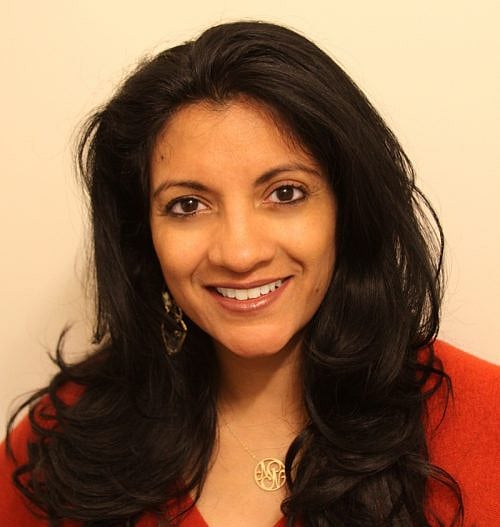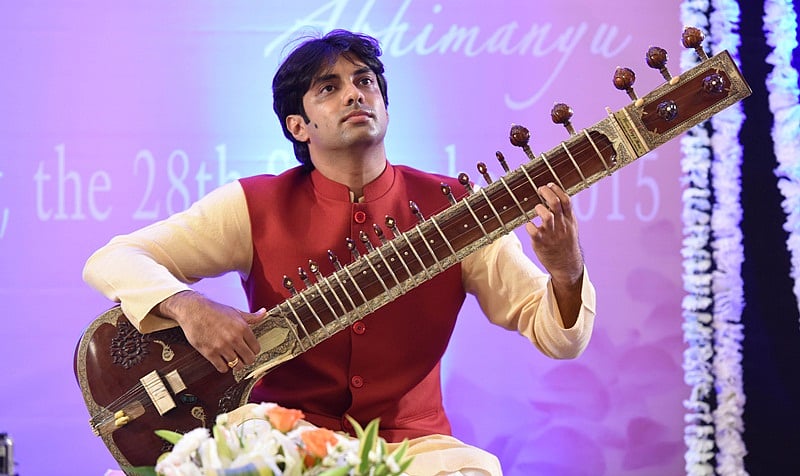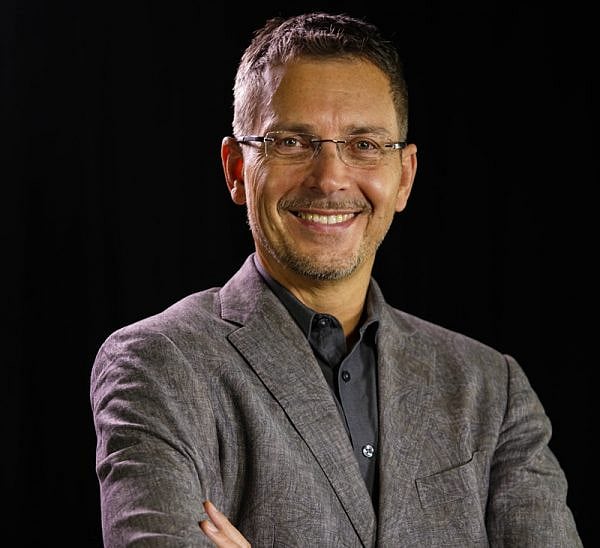Prosthetics today are getting increasingly innovative, from prosthetic feet that allow dancers to dance again, to hands that move and grip naturally. While everyone else chases the next technological advance in prosthetic performance, Shriya Srinivasan realized that amputation surgery was still being done the way it was during the U.S. Civil War. It was then that she came upon an idea that what if we revamped the surgery to preserve nerve messaging and muscle coordination? What’s exciting is that it creates a connection between the prosthetic and the brain, allowing users to actually feel the sensation of picking up on object. She is now developing a surgical technique that may help prosthetics feel more like natural limbs in Dr Hugh Herr’s Biomechatronics lab. These will enable patients to control their prostheses with native neural signals and receive sensory feedback. Apart from her career in medical engineering, she is also an accomplished Bharathanatyam artist and has learnt Bharathanatyam from Guru Sujatha Srinivasan for the past 19 years. She is known for her vibrant stage presence and emotive capacity.
How have you been able make a balance between engineering and dance?
I’m currently a PhD student in Harvard and MIT’s joint program in medical engineering. Prior to this, I finished my undergraduate degree at Case Western Reserve University in biomedical engineering. The engineering side of my talk is a
directly related to my PhD research. The dance side of my talk is related to the passion that I have been pursuing since the age of five. I started learning from my mother and guru, Nritya Ratnakara and Sujatha Srinivasan – who is a well-established dancer in the United States and in India.
How is this going to help the people?
The amputation surgery has not changed in nearly 200 years! Consequently, people who have lost a limb are constrained in their movement and perception of the world by the limits of current technology and it’s ability to interface with the human body. We have created a novel surgical paradigm that may enable high fidelity control and bidirectional control of robotic prostheses for persons with amputation. In addition to being a significant step towards restoring a sense of feeling for the millions of amputees around the world, this research advances the methodology of uniting human physiology and engineering to effectively solve biomedical challenges.
What is the learning lesson audience would get from your talks?
For years, researchers and engineers entrenched in electronics and digital technologies have tried using digital strategies to recreate sensory feedback for amputees. On the other hand, nature has spent millions of years to engineer the human body. By leveraging and learning from nature, we can creatively solve challenges that technology has been unable to address for decades. What are your plans for the future? I plan to pursue research in academia in the future – merging human physiology and engineering to positively impact lives.






